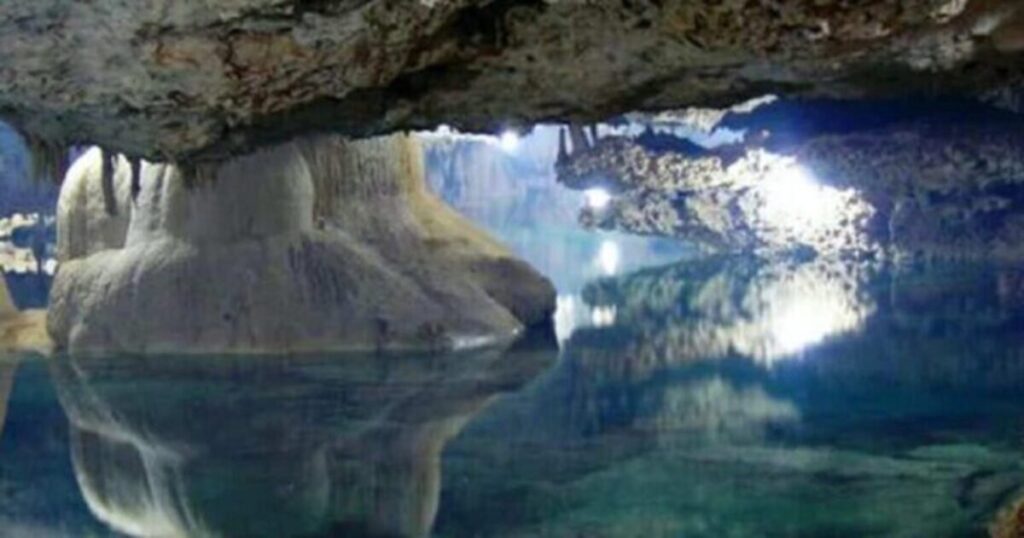We’ve all marveled at the vastness of Earth’s oceans, from the deep blue waters of the Pacific to the icy cold expanse of the Antarctic seas. But what if I told you that beneath our feet lies an ocean three times the size of all the surface oceans combined? This incredible discovery, a gigantic ocean buried 700 kilometers beneath the Earth’s surface, is challenging everything we thought we knew about our planet’s water.
Unveiling Earth’s Hidden Hydrosphere
For years, scientists have debated the origins of Earth’s water, with some theories suggesting that water arrived on our planet through comet impacts. But this groundbreaking discovery offers a new, unexpected possibility: water may have originated from within the Earth itself. Researchers recently uncovered an underground ocean locked away in a mineral called ringwoodite, found deep in the Earth’s mantle. This subterranean reservoir is so massive that it could hold three times the volume of all the oceans on the surface combined.
This revelation has not only rewritten our understanding of the origins of water but also reshaped our ideas about how much water the Earth actually holds. For decades, we’ve been focused on the water we see above ground—rivers, lakes, oceans—but this discovery suggests that much of Earth’s water could be deeply embedded in the planet’s interior, stored far away from human sight.
The Science Behind the Discovery
The team of researchers led by Steven Jacobsen from Northwestern University used a clever method to uncover this subterranean water—seismic waves. These waves, which travel through the Earth’s layers, slow down when they encounter water-rich rocks. By analyzing how these seismic waves change, scientists were able to detect the presence of this hidden water.
Jacobsen explained that this discovery serves as hard evidence that a significant portion of Earth’s water could have come from deep within the planet, and this might explain why Earth’s oceans have remained relatively stable over the ages. The presence of so much water in the mantle might also be why our oceans haven’t drastically changed in size despite fluctuations in climate and other geological events throughout history.
Earth’s Water Cycle Reimagined
This subterranean ocean might also offer insights into the Earth’s water cycle. The fact that water is stored between the grains of rocks suggests that the mantle could play a much bigger role in regulating the planet’s water over long periods of time than previously thought. Without this hidden ocean, much of the planet could be submerged, with only the highest mountain peaks poking above the surface, as Jacobsen pointed out.
The discovery has huge implications for how we understand our planet’s hydrological processes. It’s possible that the mantle’s water reservoir helps regulate the Earth’s surface water, acting as a kind of internal storage system for Earth’s water. This discovery opens up a new realm of possibilities for studying the long-term evolution of water on Earth.

A New Chapter in Earth’s History
While this discovery is still in its early stages, scientists are eager to gather more data to understand how widespread this mantle water phenomenon really is. Seismic networks around the world will be key in helping them determine whether other parts of the Earth’s interior also contain large amounts of water. This could lead to a complete rethinking of how we view Earth’s history and the role water has played in shaping the planet as we know it.
In conclusion, the discovery of this hidden ocean beneath the Earth’s surface isn’t just fascinating—it’s a game-changer for our understanding of the planet. This hidden water could be the key to explaining how Earth’s oceans have remained consistent over millions of years and could even hold the answers to understanding our planet’s hydrological history. Sometimes, the most profound discoveries are the ones that lie beneath our feet.





